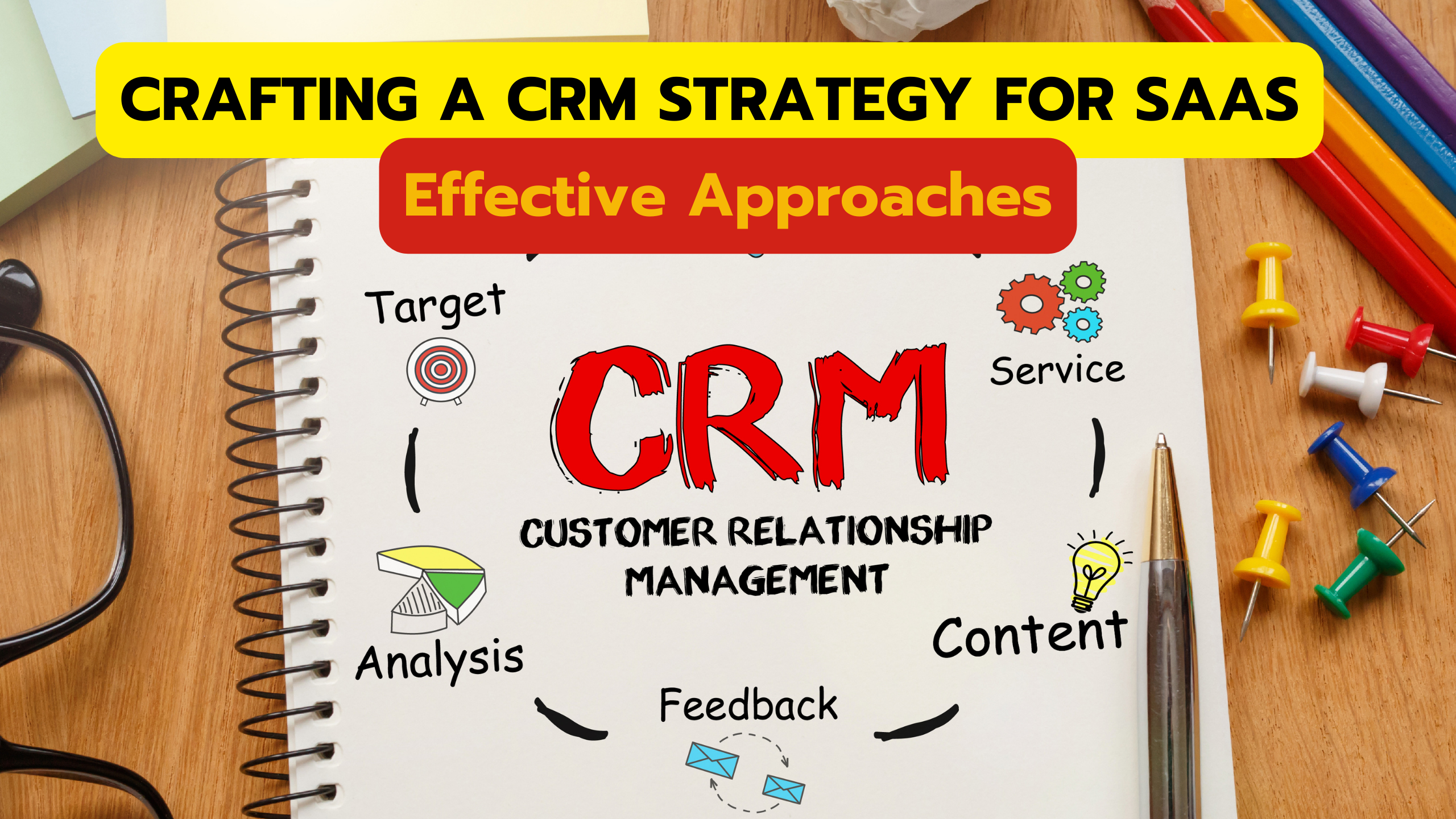Crafting a CRM Strategy for SaaS: Effective Approaches
- Proposal Software Customer Relationship Management


Crafting a CRM Strategy for SaaS: Effective Approaches
Customer Relationship Management (CRM) is fundamental for Software as a Service (SaaS) businesses aiming to build and nurture meaningful relationships with their users. In this article, we’ll delve into crafting an effective CRM strategy tailored specifically for SaaS companies. Alongside strategic insights, we’ll explore relevant SaaS products that enhance CRM functionality within the subscription stack.
Understanding the CRM Strategy for SaaS
What is a CRM Strategy for SaaS?
A CRM strategy for SaaS involves the systematic planning and execution of customer relationship management practices within a cloud-based software framework. This strategy goes beyond conventional CRM approaches, considering the unique challenges and opportunities presented by the SaaS business model.
Effective Approaches to Crafting a CRM Strategy for SaaS
1. User-Centric Onboarding
- Approach: Implement a user-centric onboarding process within the CRM strategy, ensuring new SaaS users have a seamless and engaging introduction to the platform.
- SaaS Products:
2. Data-Driven Personalization
- Approach: Leverage data analytics to personalize user interactions, tailoring content, recommendations, and communication based on user behavior and preferences.
- SaaS Products:
3. Automated Customer Engagement
- Approach: Implement automation tools within the CRM strategy to engage with customers at key touchpoints, delivering relevant content, and nurturing ongoing relationships.
- SaaS Products:
- HubSpot: An all-in-one inbound marketing, sales, and service platform with robust automation features.
- ActiveCampaign: A customer experience automation platform for SaaS businesses.
4. Integrated Support and Feedback Loop
- Approach: Establish an integrated support and feedback loop within the CRM strategy, enabling seamless communication between customer support, product development, and marketing teams.
- SaaS Products:
- Zendesk: A customer service platform facilitating integrated support across various channels.
- Help Scout: A help desk software with shared inboxes for collaborative customer support.
5. Continuous Data Analysis and Iteration
- Approach: Foster a culture of continuous data analysis and iteration, using CRM insights to refine strategies, enhance user experiences, and identify growth opportunities.
- SaaS Products:
Conclusion
Crafting a CRM strategy tailored for SaaS involves a multifaceted approach, incorporating user-centric onboarding, data-driven personalization, automated customer engagement, integrated support, and continuous data analysis. By embracing these effective approaches, SaaS businesses can build stronger relationships with their users, drive user satisfaction, and foster long-term loyalty.
Exploring tools like Intercom, Userpilot, Segment, Heap, HubSpot, ActiveCampaign, Zendesk, Help Scout, Looker, and Tableau provides a robust foundation for implementing an effective CRM strategy within the SaaS subscription stack.





